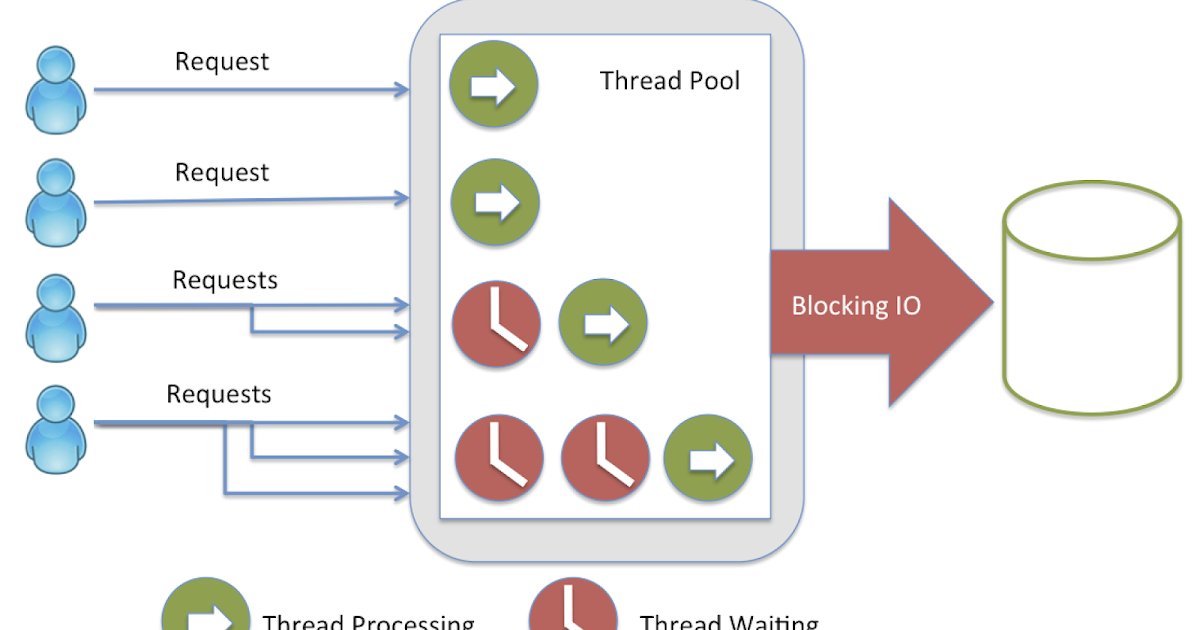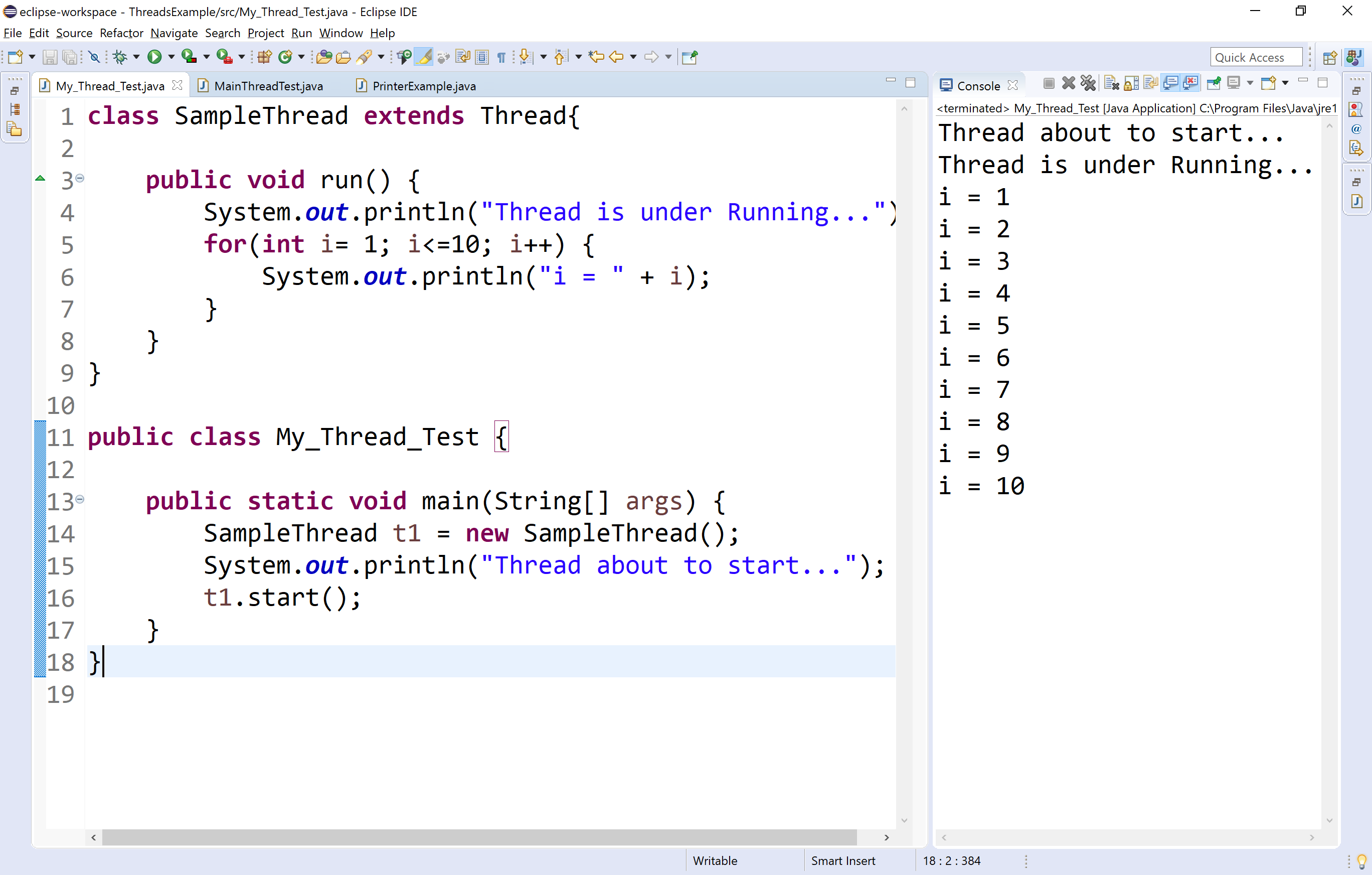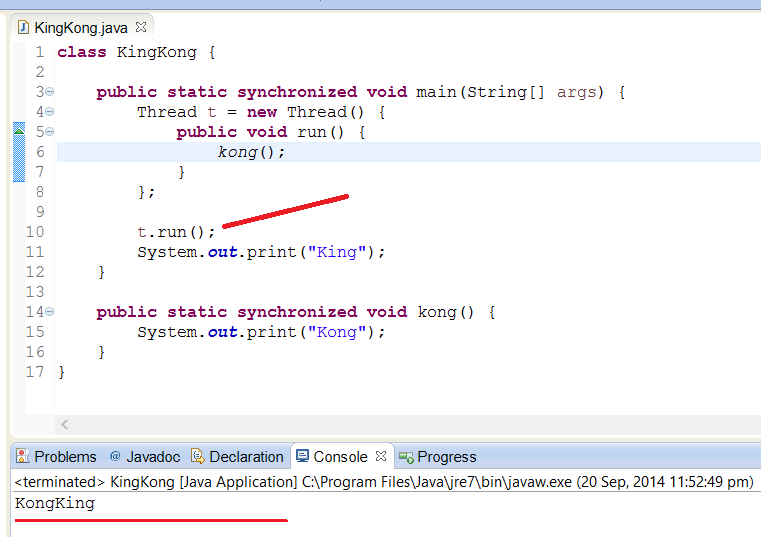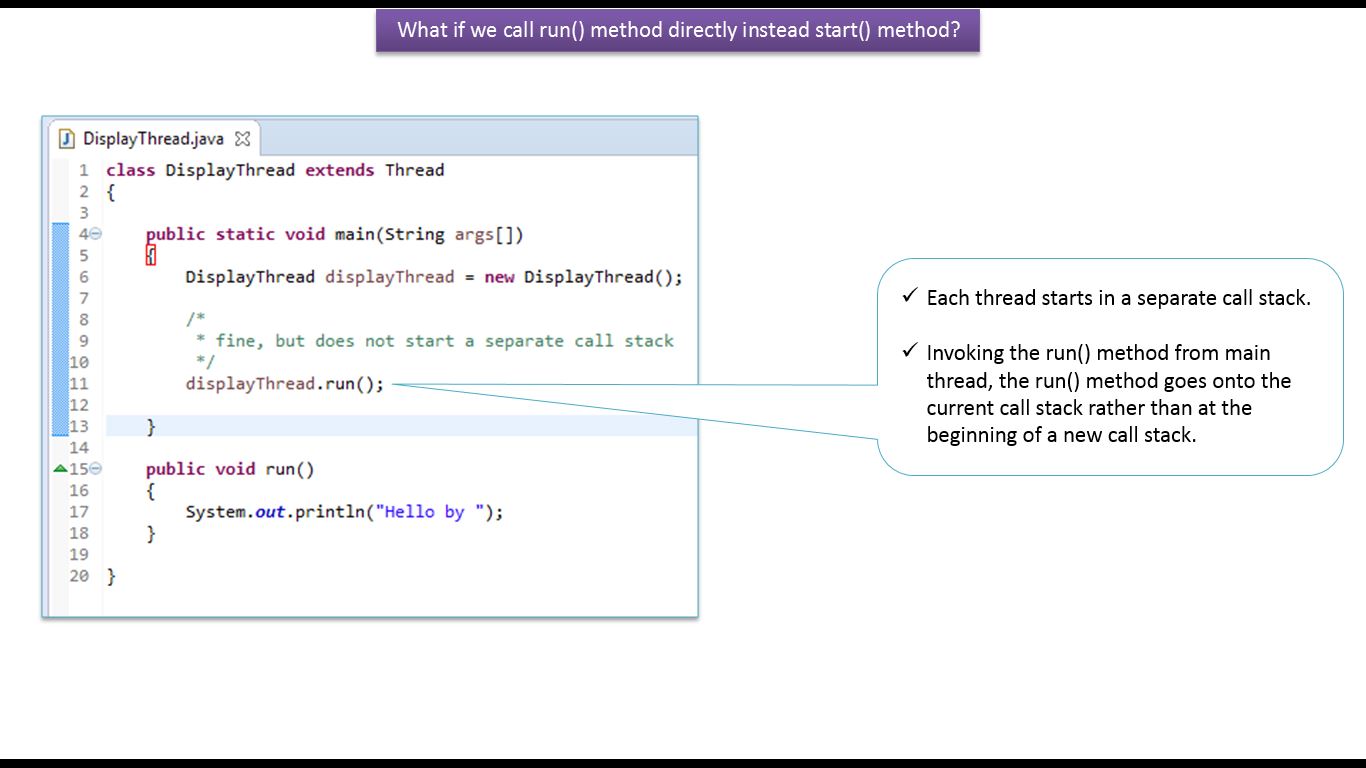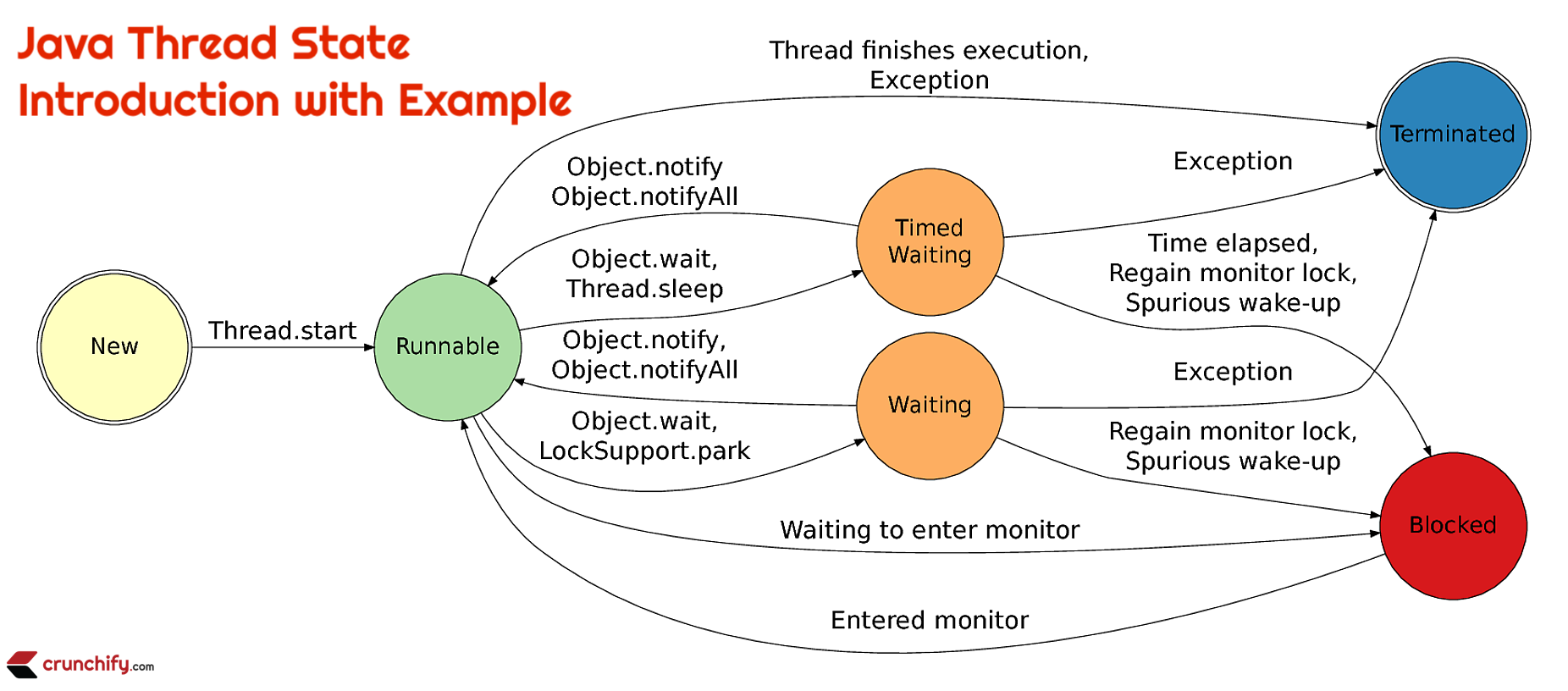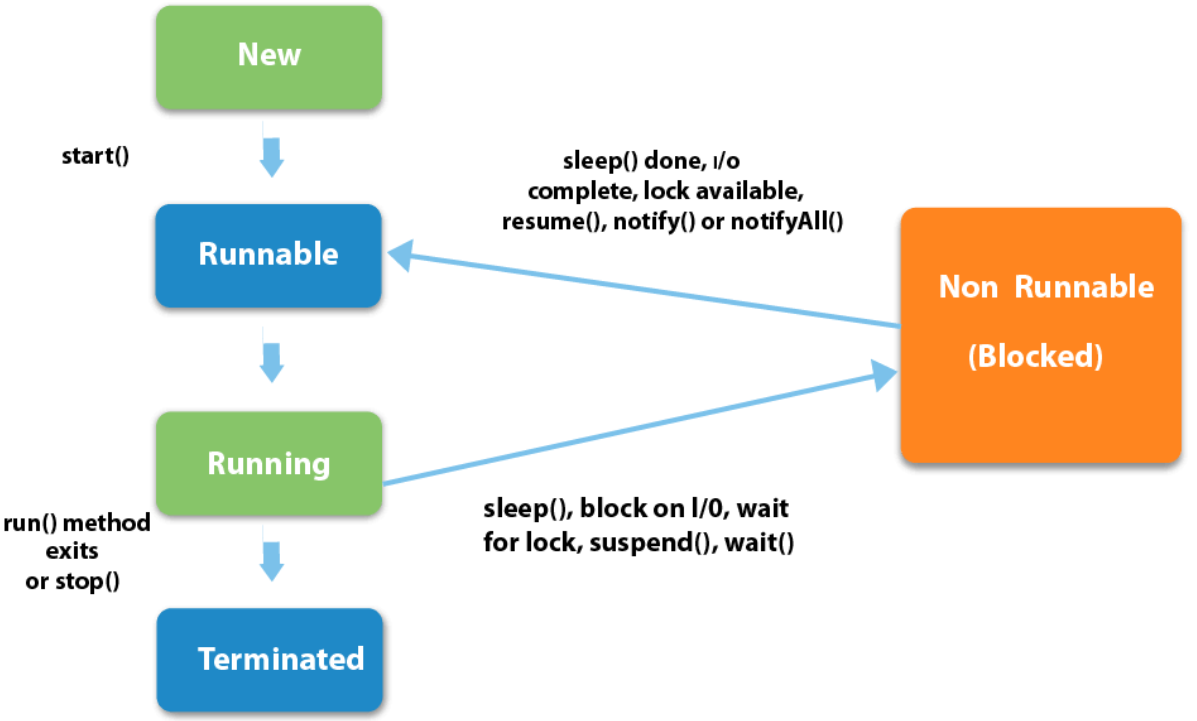Glory Info About How To Start A New Thread In Java

Thread () the thread () constructor creates a new thread object.
How to start a new thread in java. Thread uses fewer resources to create and exist in the process; Thread thread2 = new thread(bworker); Two demo2 = new two();.
Extending the thread class. The following code would then create a thread and start it running: You can create a new thread simply by extending your class.
Invoking run () directly will not. Here, i'll show you how to use thread and runnable interface to create and manage threads, beginning with the main java thread. Thread t1 = new thread(demo1);
It performs the following tasks: This class overrides the run () method, which is the entry point. Thread thread = new thread();
Creating and starting a thread. New state by default, a thread will be in a new state, in this state, code has not yet been run and the execution process is not yet initiated. Defining and starting a thread an application that creates an instance of thread must provide the code that will run in that thread.
The problem is that when first thread finishes it's job,. We can easily write some logic that runs in a parallel thread by using the threadframework. This subclass should override the run method of class thread.
Constructors of the thread class. How to create a thread in java there are two ways for creating a thread in java: Creating a thread in java is done like this:
Java provides two ways to create a thread programmatically. By extending the thread class; The other way to create a thread is to declare a class that.
The start () method starts a new thread. The start () method initiates the execution of a thread. To start the java thread you will call its start () method, like this:
A new thread starts(with new callstack). To create a thread, you define a class that extends the thread class. It can be created by extending the thread class and overriding its run () method:
